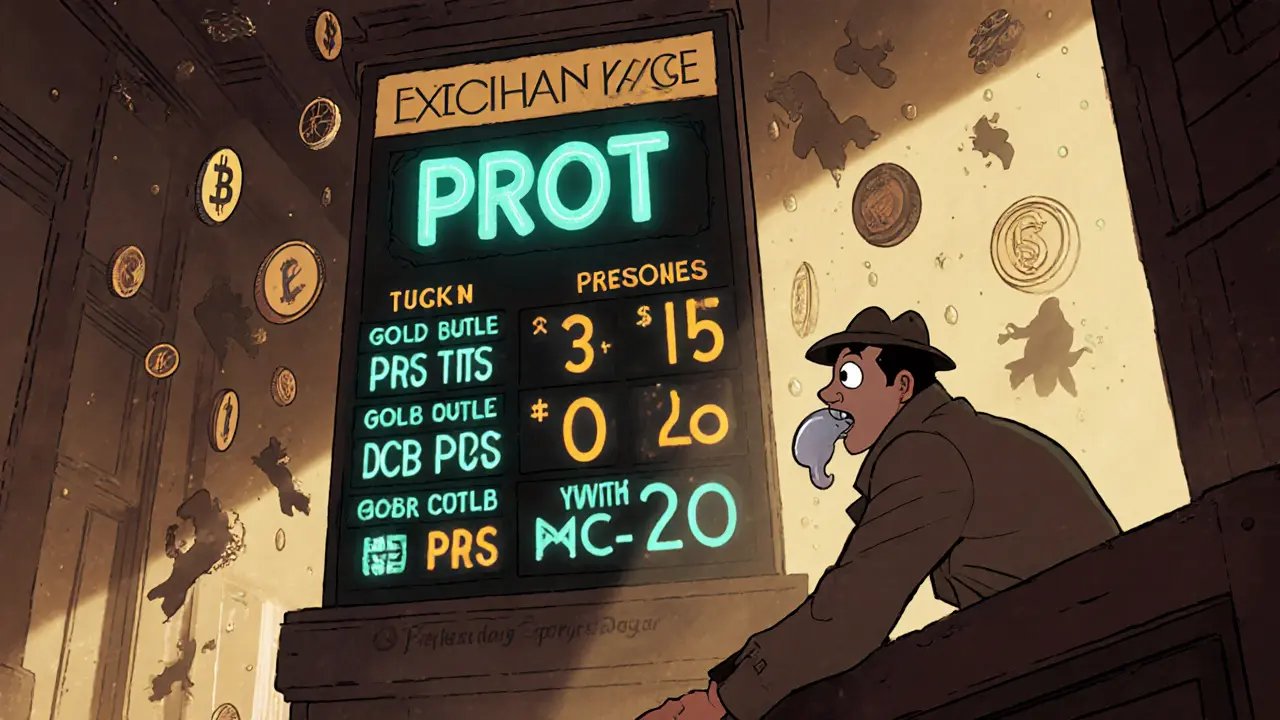Token: Your Guide to Airdrops, Security and Exchange Choices
When working with token, a digital unit of value or utility that lives on a blockchain. Also known as cryptocurrency token, it powers DeFi protocols, NFT platforms and countless web3 projects. One of the fastest ways to discover fresh tokens is through a airdrop, a free distribution event that gives eligible wallets a slice of a token supply. Airdrops let developers bootstrap a community while collectors get a risk‑free sample to test the waters. Yet a free token is only valuable if you can protect it, and that starts with a solid seed phrase, a 12‑24 word mnemonic that can restore any wallet. Lose the phrase and the token vanishes, no matter how many airdrops you claim. Once you’re ready to move or trade, you’ll need a trustworthy crypto exchange, a platform that matches buyers and sellers and safeguards deposited tokens. The exchange acts as the marketplace where token price discovery happens, and it also offers tools to track fees, liquidity and on‑chain activity.
Why Tokens, Airdrops, and Security Matter Together
Token ecosystems thrive on three linked pillars: distribution, custody and market access. An airdrop distributes tokens, a seed phrase secures them, and a crypto exchange provides the arena to trade. This trio creates a feedback loop – more airdrops attract new wallets, better seed‑phrase practices keep assets safe, and healthy exchanges draw liquidity, which in turn fuels further token launches. Understanding each pillar helps you spot real opportunities versus hype‑driven scams. For example, a project that promises a massive airdrop but hides its token contract may be trying to harvest seed phrases. Conversely, an exchange that publishes transparent fee tables and supports hardware‑wallet withdrawals signals a commitment to user security.
Beyond the basics, token success often depends on its underlying blockchain and tokenomics. Blockchains like Ethereum, BNB Smart Chain or Solana provide the consensus layer that records every token transfer. Tokenomics – the supply rules, inflation schedule and utility functions – determine whether a token can sustain demand after the initial airdrop wave fades. A well‑designed token will allocate a portion of its supply to development, incentivize holders with staking rewards, and burn fees to reduce inflation. When you evaluate a new token, ask: Which blockchain does it live on? How many tokens are minted, and what percentage is reserved for the team? Does the token have a real use case, or is it merely a speculative vehicle? Answers to these questions, combined with a secure seed phrase and a reputable exchange, give you a solid framework for smart investing.
In the list below you’ll find deep dives into seed‑phrase safety, step‑by‑step airdrop guides, detailed exchange reviews and token‑specific analyses. Whether you’re hunting the next big airdrop, tightening your wallet security, or comparing exchange fees, the articles are organized to let you jump straight to the info you need. Use this hub as a practical toolbox – the concepts covered here will help you navigate the fast‑moving token landscape with confidence.

What Is ProStarter (PROT) Crypto Coin? Definition, Specs, Risks & Outlook
Caius Merrow Apr, 4 2025 16ProStarter (PROT) is a utility token for blockchain fundraising. This guide explains its purpose, tech specs, market data, risks, and future outlook for investors.
More Detail